Building date: 1849
Original use:
Corner structures: Tooled
Mortar application and content: Vertical heavy. Vertical pyramids
Types and uses of stones:
Types and choice of windows:
Structures with similar masonry details: Pal-16 Lyon, Wal-4 Zion Evangelical, Wil-9 Behs Texaco Station, Hur-1 Fowler, Hur-2 Klueber
Masons who worked on building: Johnson, Robert
Unique features:
Map views courtesy Google Maps. Address is Google Earth confirmed; 43°05'00.66"N 77°14'22.96"W. Current owner of record, Corp Of Presiding Bishops Palmyra/Macedon Of The CJC Of Latter Day Saint as of the 2019 Tax Roll.
Town of Palmyra and Wayne County Maps
The former Chapman farm house on Maple Avenue in Palmyra was acquired by the Mormon Church from Edward Jeffreys in 1937. It is a five-bay Greek Revival farm house of the 1840s. This farm was formerly owned by Martin Harris who financed publication of the Book of Mormon in 1830. Richard Palmer blog.
This house at 2095 Maple Ave., Palmyra, replaced a one and a half-story wooden frame house that originally stood on this site. When Martin Harris, a follower of Mormon leader Joseph Smith, left here in 1831, it was occupied by William Chapman. The house burned to the ground in 1849 and was replaced by this cobblestone house, built by Robert Johnson for Chapman. The stones were collected from the shore of the lake by his son, Thomas Johnson, who was only 10 years old at the time. It was a three-day round trip to Lake Ontario and return. Hauling back a load of stone was a slow process. It took one day go to the lake, one day to gather the stones and one day to return home. The stones were then sorted and sized, with the most uniform ones used for the front, and the less desirable ones on the sides and back. The house, on the west side of Maple Avenue, is owned by the Church of Jesus Christ of Latter-day Saints (Mormons). Once a visitors center, it now serves as the private residence for missionaries. Richard Palmer blog.
"The Cobblestone Houses of Upstate New York", compiled by Dorothy Wells Pease. Research done in collaboration with Hazed B. Jeffery, supplemented with material furnished by Carl F. Schmidt, 1941. Reference the tenth paragraph on page 25.
"Cobblestone Structures of Wayne County" Martin Harris House excerpt, 1955, Verlyn Edward Klahn, pages 231 and 232. Essay submitted for Hoffman Foundation, Wayne County History Scholarship, awarded 1955. Reprint permission granted by Wayne County Historian.
"As we journey north our next place is the original Nathan Harris homestead, father of Martin Harris, the converted Mormon. .....
Adjoining this farm on the north is the farm of Martin Harris, son of Nathan Harris. This farm extended as far north as the Macedon Center road and was a part of his father's farm. While living he joined the Mormons very much against the wishes of his wife and at one time while engaged in a heated argument with her husband she grabbed up a bundle of his manuscripts and threw them into the fire. He finally sold the farm to Thomas Lakey to raise money to print the Book of Mormons. At this transaction his wife left him and went to live on her own farm which was on the Macedon Center road known as the Marvin Hill farm, now the John Coveney farm, and Martin Harris went West where he again married. After a while he returned with wife No. 2 and after a short time he and wife No. 1 became reconciled to each other and she consented to let Martin come back and live with her and also to bring back wife No. 2 where they all lived together for a time. .....
When Martin Harris sold his farm to Thomas Lakey to raise money to print the Book of Mormons it had to be paid for in gold. .....
Mr. [John] Graves purchased the farm from Mr. Lakey and paid the $3,000 which was passed on to pay for the printing of the Book of Mormons [sic], which was started in the Fall of 1829 and finished in the Spring of 1830, just one hundred years ago. They paid $3,000 for the work and 5,000 copies were printed. Mr. Egbert B. G. Granden, then publisher of the Wayne Sentinel, took the contract. Mr. John H. Gilbert, as printer, had the chief operative trust of the type setting and proof work of the job. .....
Above, excerpts from Thomas L. Cook's "Palmyra and Vicinity", with following comment by Karen Crandall.
Thomas L Cook wrote an excellent, long, very detailed book about Palmyra up until the 1920's. It is very comprehensive, not unlike the books of George W. Cowles and Alfred S. Roe as to the level of detail.
As Thomas Cook journeys up and down the road from one property to the next he chronicles the ancestry of the people who first settled there, where they came from, when, how they cleared the land, what kind of house they built, etc. He tells their stories, how each family fits into the bigger community culture. That's what Cook is conveying in this passage. In this case, rather than highlighting the cobblestone house built by Robert Johnson for William Chapman to replace the original Harris frame house, he focuses on the interesting situation of Martin Harris being transfixed on getting the Mormon Bible printed and the strong influence of religion during this period and the acceptance of the practice of polygamy.
Mormons Aquire Farm at Palmyra
Palmyra - An old cobblestone house and 88 acres of farmland rich in historical significance to Mormonism, have been acquired by the Church of Latter Day Saints it was announced yesterday by church authorities. The property was owned by Edward Jeffery.
The property was the original Martin Harris farm which entered into Mormon interest early in the 17th century. In front of the home is a well which Joseph Smith Sr. and his son, Hyrum, dug and curbed shortly the house had been erected. It was during this time that Martin Harris learned and expressed interest in the story of Joseph Smith Jr.
In 1829 the farmland was mortgaged for $3000 to E. B. Grandin then owner of the Wayne Sentinel, who in turn agreed to print the first edition of the Book of Mormon. Five thousand copies were printed in the first addition. Democrat and Chronicle 5/24/1937.
"Farm Kept as Memorial to 'Disciple'", Arch Merrill's History, Democrat and Chronicle 12/4/1960. Courtesy Cobblestone Museum.
"Martin Harris's home was a one-and-a-half story, white frame house which stood on this site. When Martin moved away in 1831, it was occupied by William Chapman. That house burned down in 1849 and was misplaced by the present lake-stone house, which dates from 1850.
Lake-stone buildings were first built in this area by English artisans who came here to work on the Erie Canal. After the canal was completed in 1825, they found employment by constructing stone houses. Approximately 700 of these structures were built in this part of the state.
Many of the stones for this house were hauled from the shores of Lake Ontario by wagon - often a two- or three-day trip because of the heavy load. These stones were then sorted and sized with the most uniform stones used for the front, the less desirable stones for the sides, and the least desirable ones for the back. It you examine the house closely, you can see the intricate trowel work around each stone.
No interior tours are available, but please feel free to look around outside."
Text on a plaque on the site that describes the history of the house, from a Karen Crandall email 8/302022. Similar text to Richard Palmer's blog site excerpt above.
Martin Harris Farm, Palmyra NY postcard, not dated; however, this Kodak postcard was documented to be available from 1950 to now. Editor's Note: Close comparison to the appearance and vegetation in the photographs below, it is likely that the image was taken c. 1955-1960. Courtesy Cobblestone Museum.
Harriet Thayer Chapman Letter 10/10/1955, written to Gerda Peterich who was researching cobblestone structures.
"The Geological Origin of Cobblestone Architecture", by Gerda Peterich. Specific references to this structure on pages 8, 17, Martin Harris and the Restored Church, courtesy Cobblestone Museum.
Chapman-Harris House, courtesy the Tom The Backroads Traveller blog.
Wayne Historians Organization (WHO), Historic Sites Inventory Harris Farm Hist Marker & Cobblestone
The Cobblestone Society & Museum Tours:
Martin Harris Farm 10th Annual 06/06/1970
- "Cobblestone Architecture", 1944, Carl Schmidt: Name reference, Chapman House
- Page 37
- "Cobblestone Masonry", 1966, Carl Schmidt: Name reference, Chapman - Harris House
- Pages 175 - 176
- "Cobblestone Landmarks of New York State", 1978, by Olaf William Shelgren, Jr., Cary Lattin, and Robert W. Frasch, Photographs by Gerda Peterich: Name reference, Martin Harris Farm
- Page 39
- "The Era of Cobblestone Architecture", unpublished manuscript 1972. To access the manuscript content about this structure, see 137. Wayne County, Martin Harris Farm.
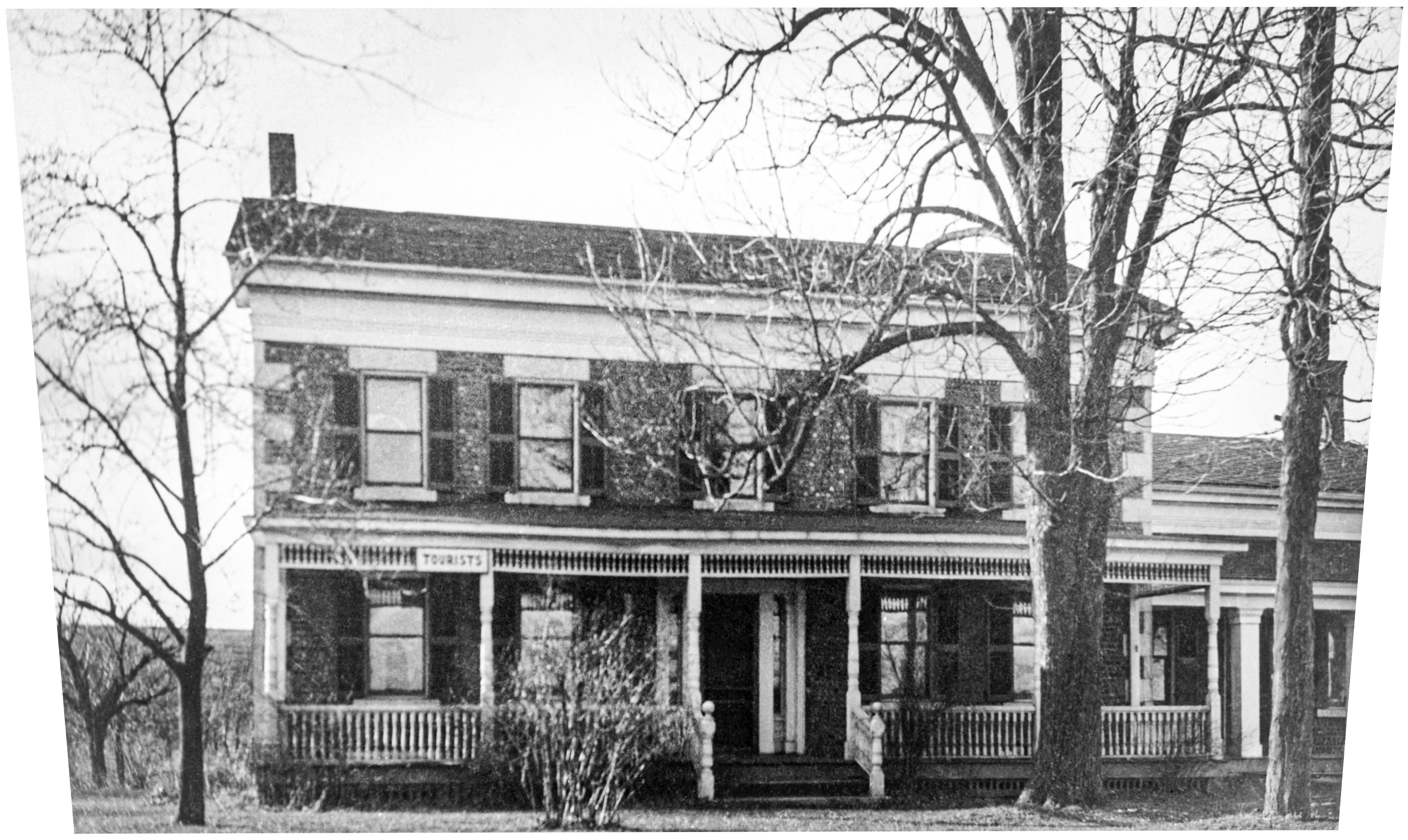 Pal-12 Harris 1.jpg ¹ Pease Collection 1940-41 | 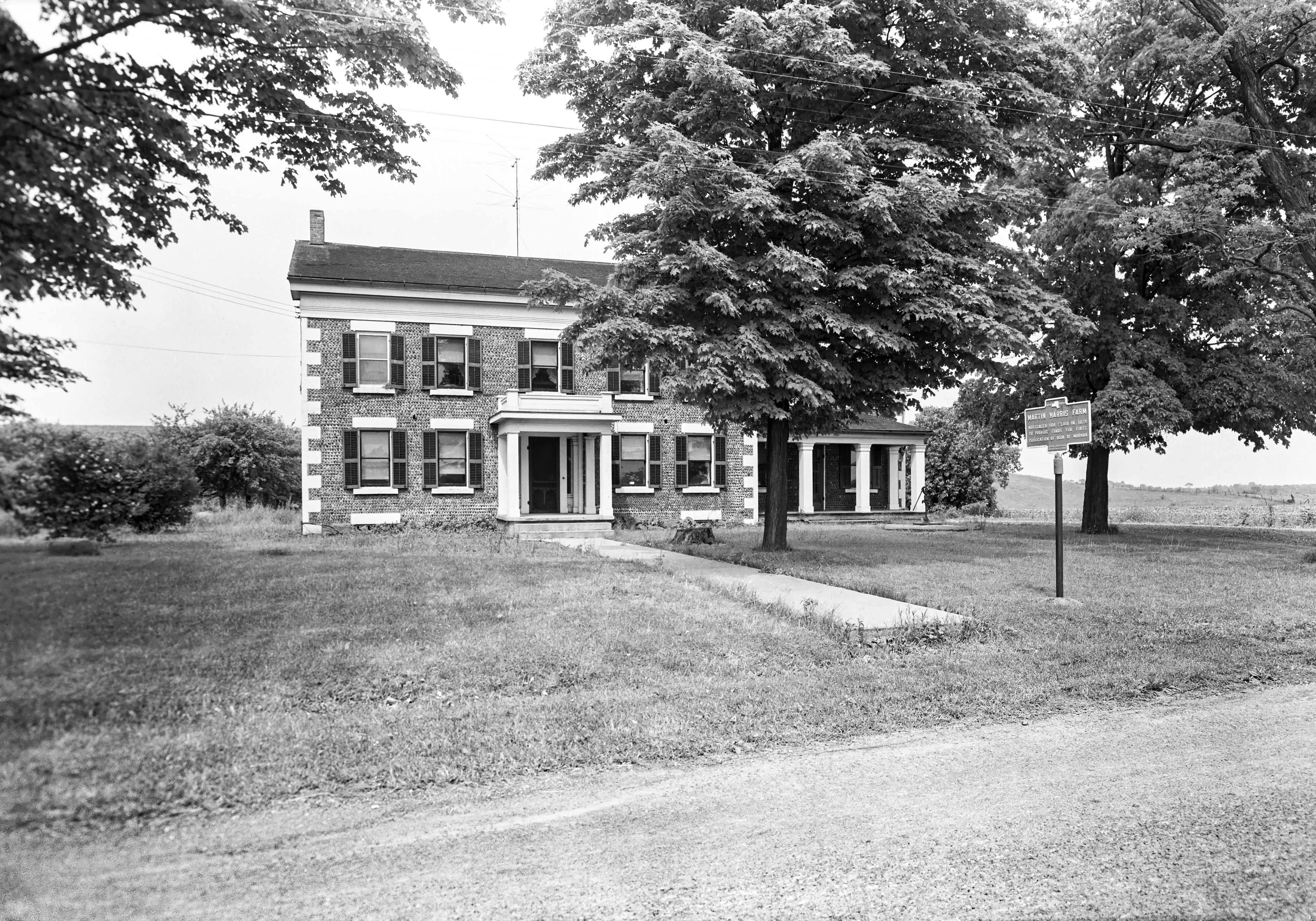 GP Wayne Palmyra Pal-12 2-1 N5x7.jpg ² | 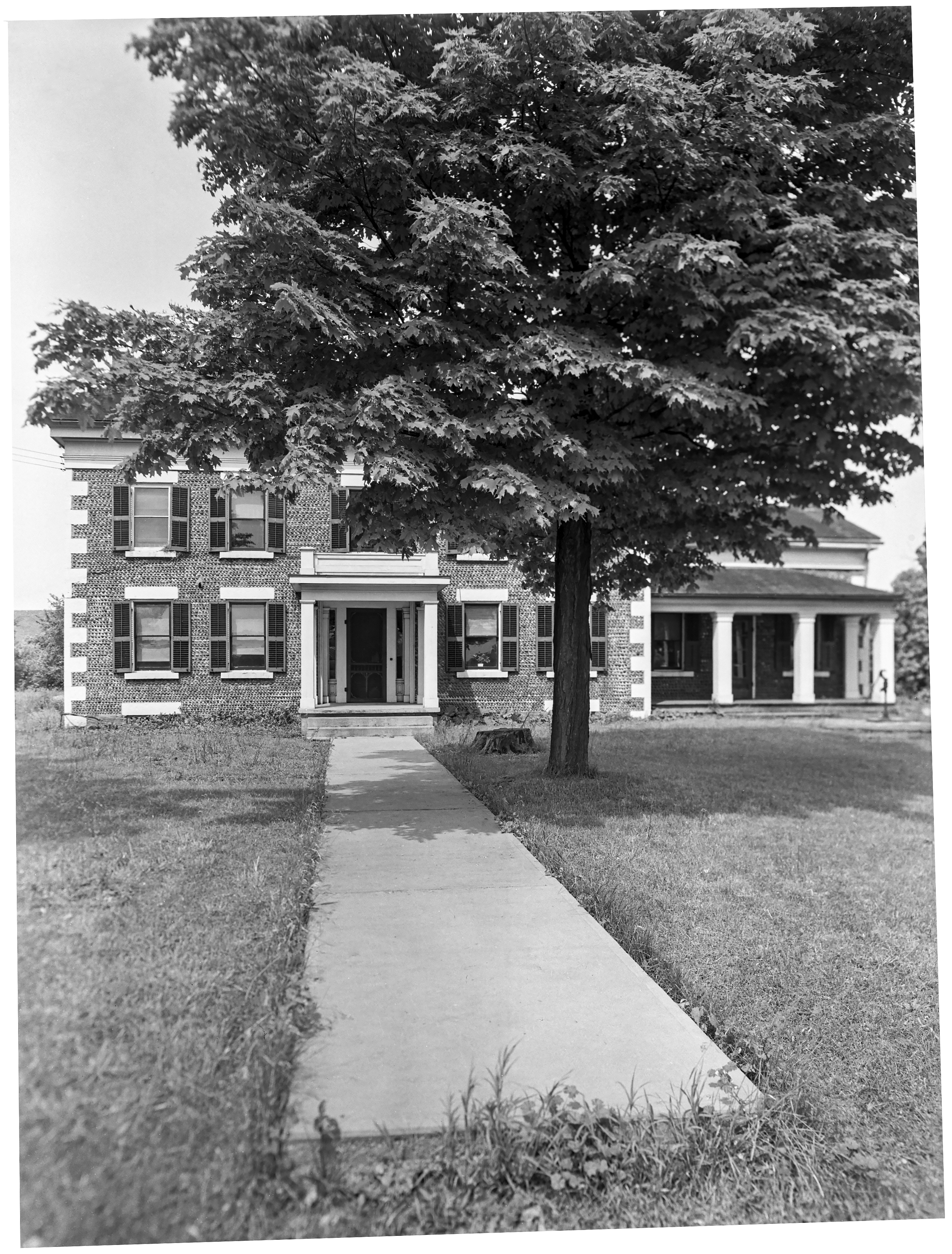 GP Wayne Palmyra Pal-12 1-1 N5x7.jpg ² | 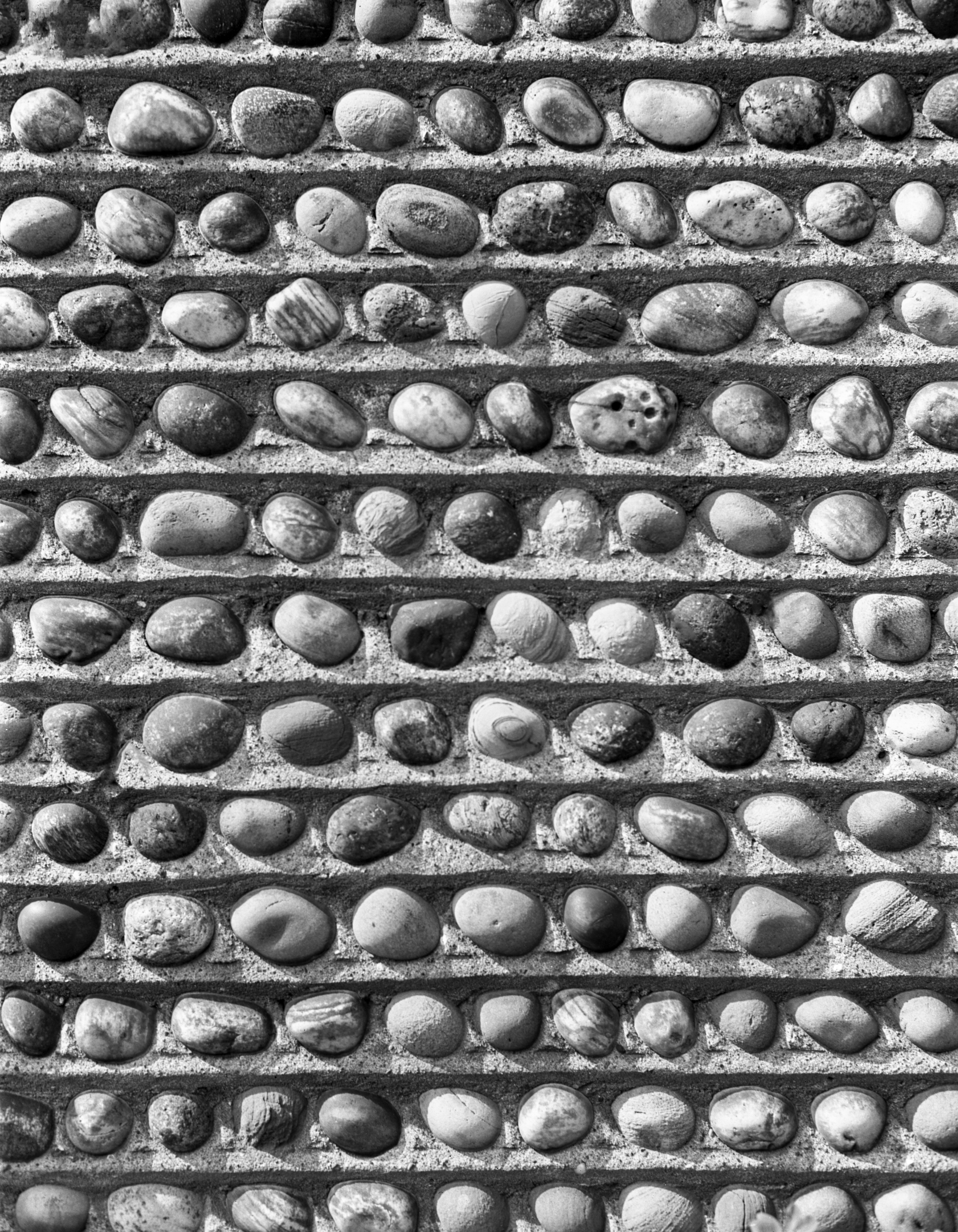 GP Wayne Palmyra Pal-12 5-1 N.jpg ² |
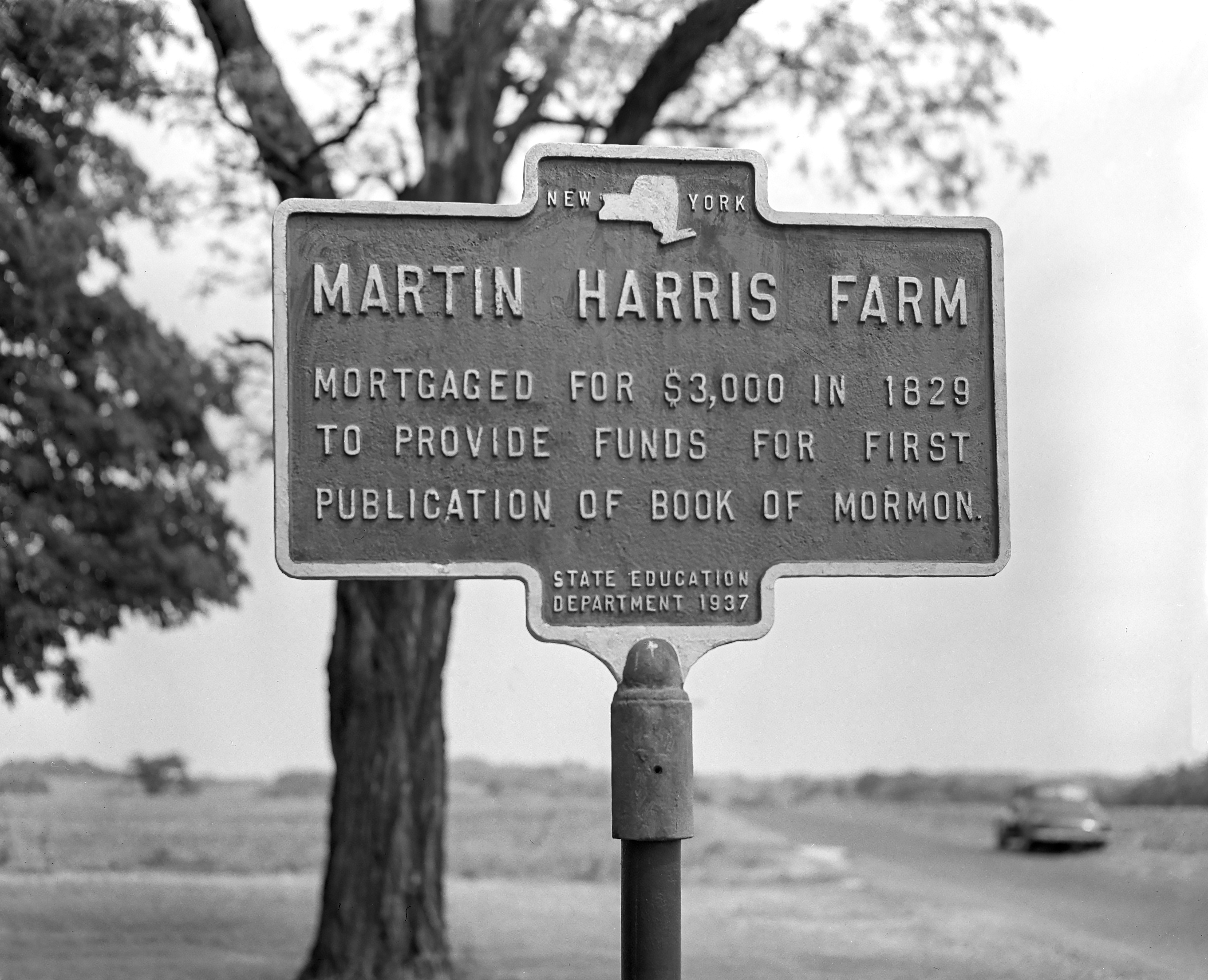 GP Wayne Palmyra Pal-12 4-1 N.jpg ² |  Pal-12 Harris 2.jpg ¹ |  GP Wayne Palmyra Pal-12 3-1 N.jpg ² 11/1/1971 | 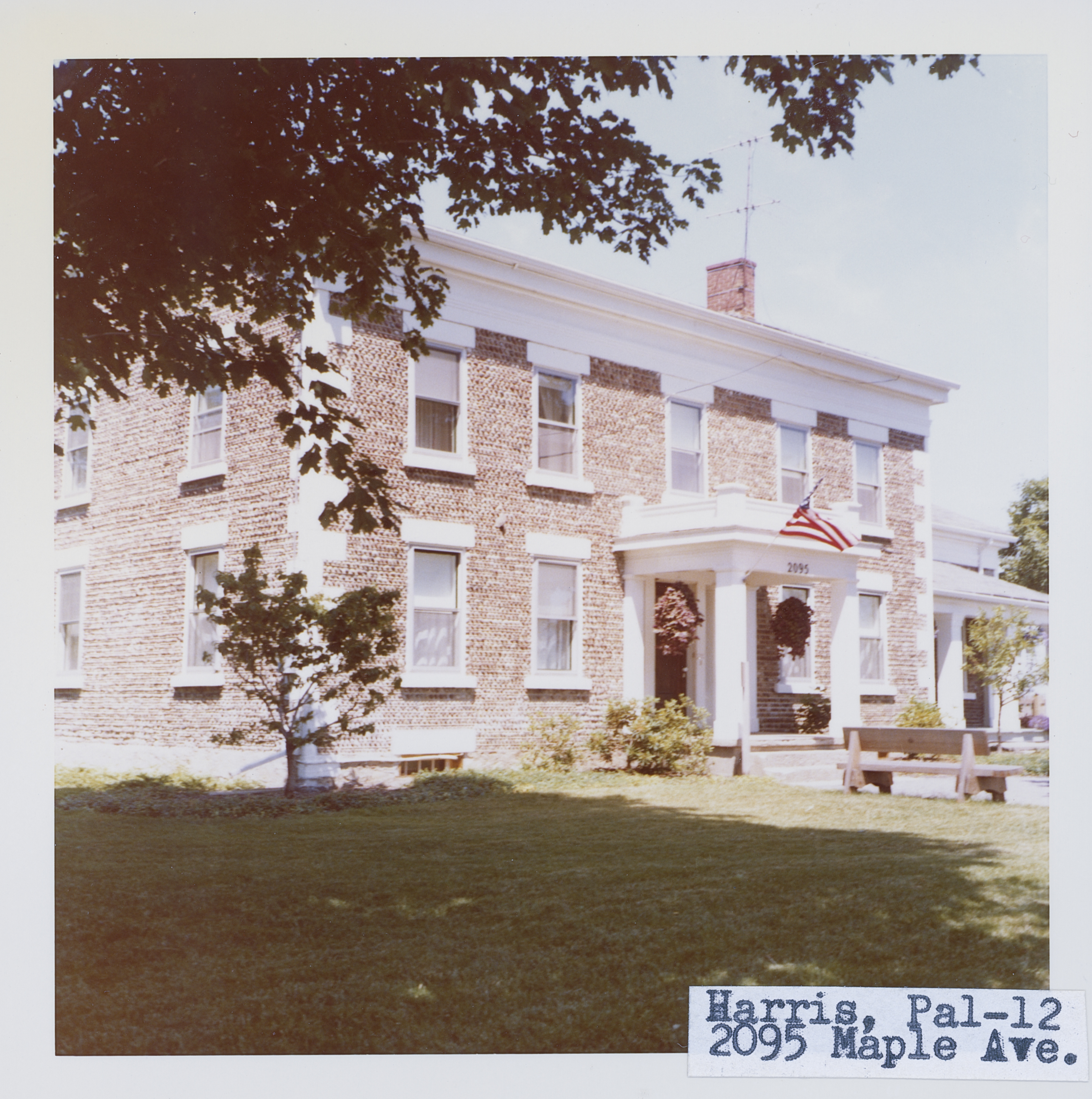 Pal_12_1.jpg |
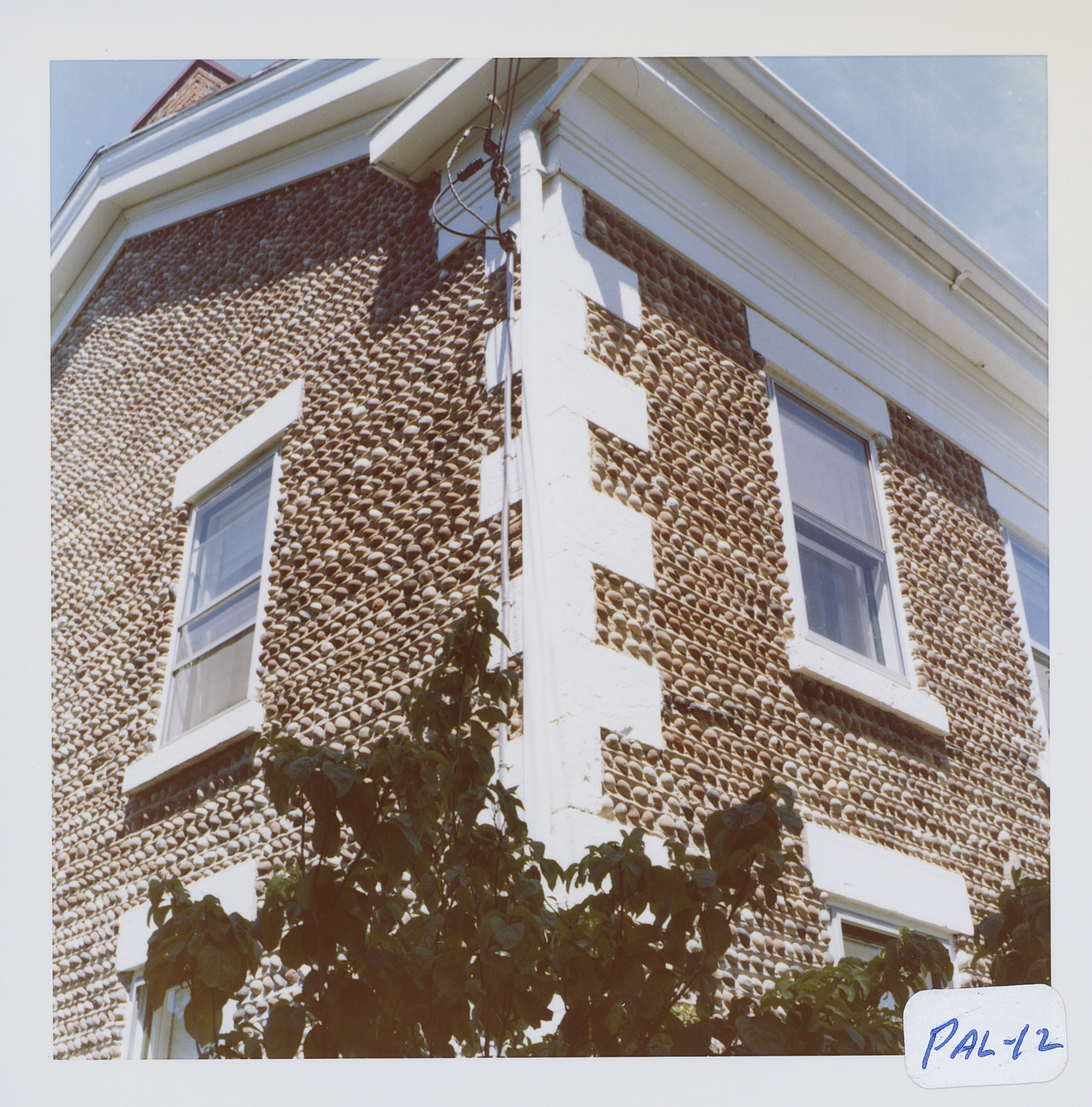 Pal_12_2.jpg | 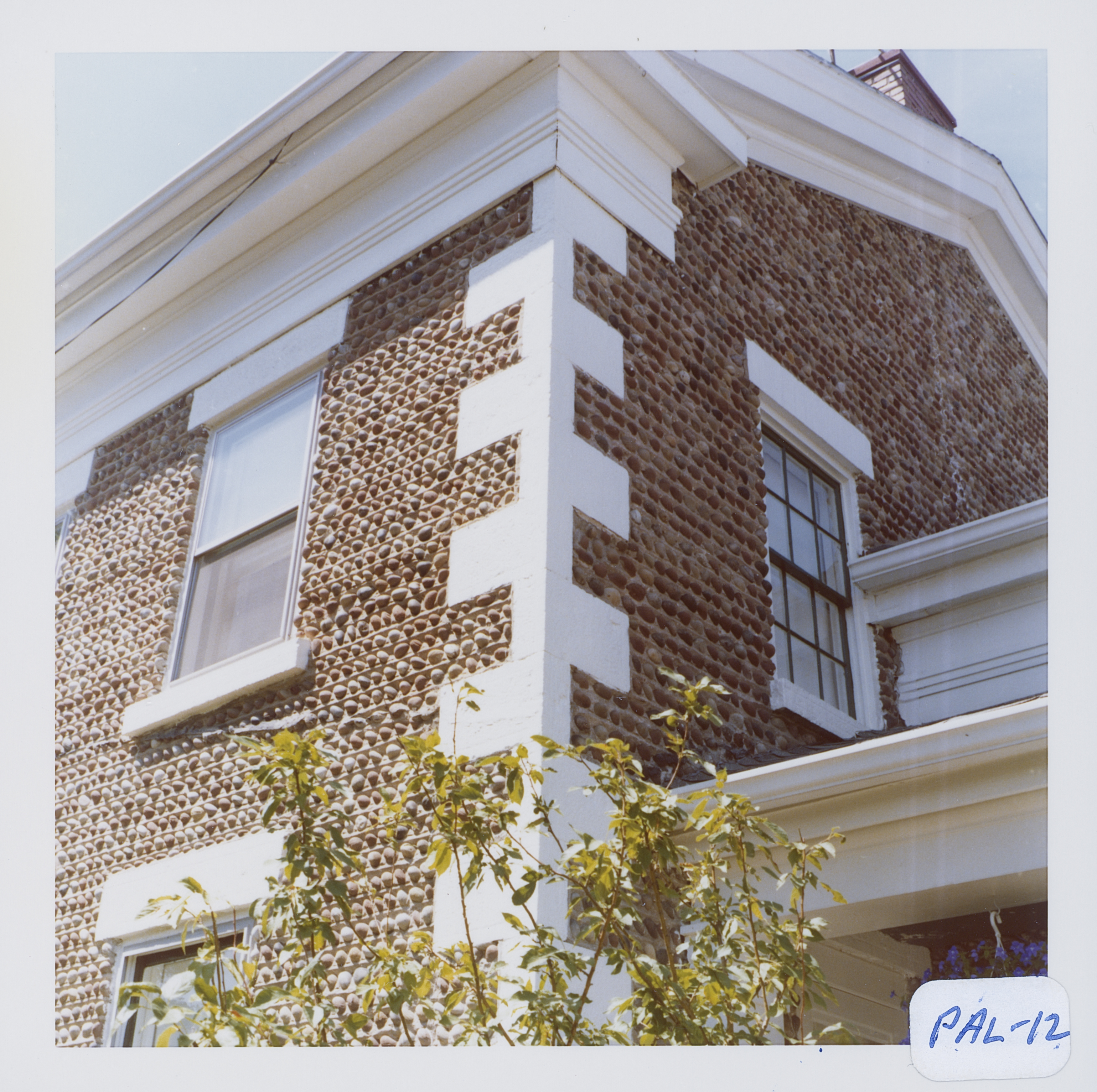 Pal_12_3.jpg |  Pal_12_4.jpg | 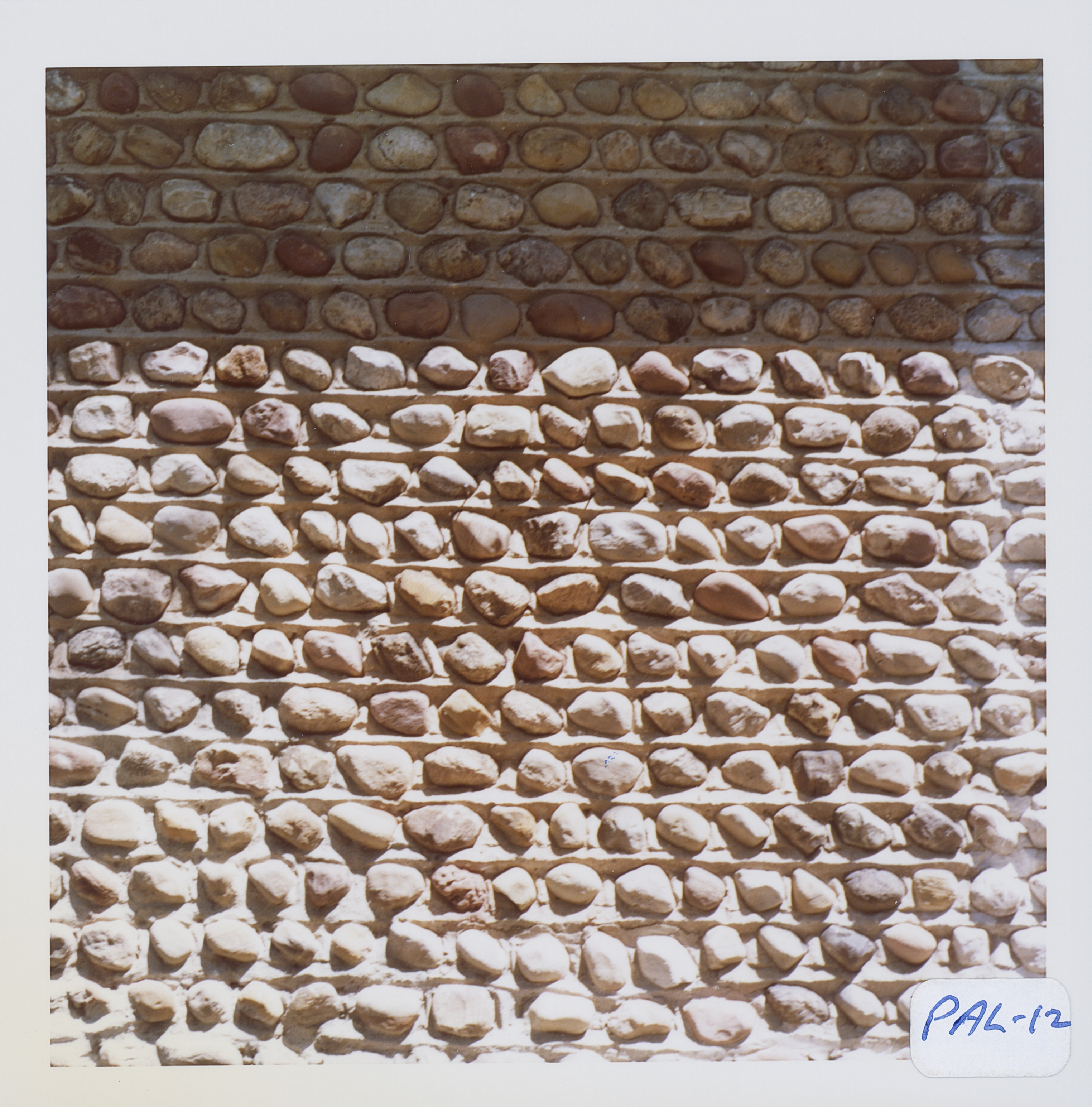 Pal_12_5.jpg |
 Pal_12_6.jpg | 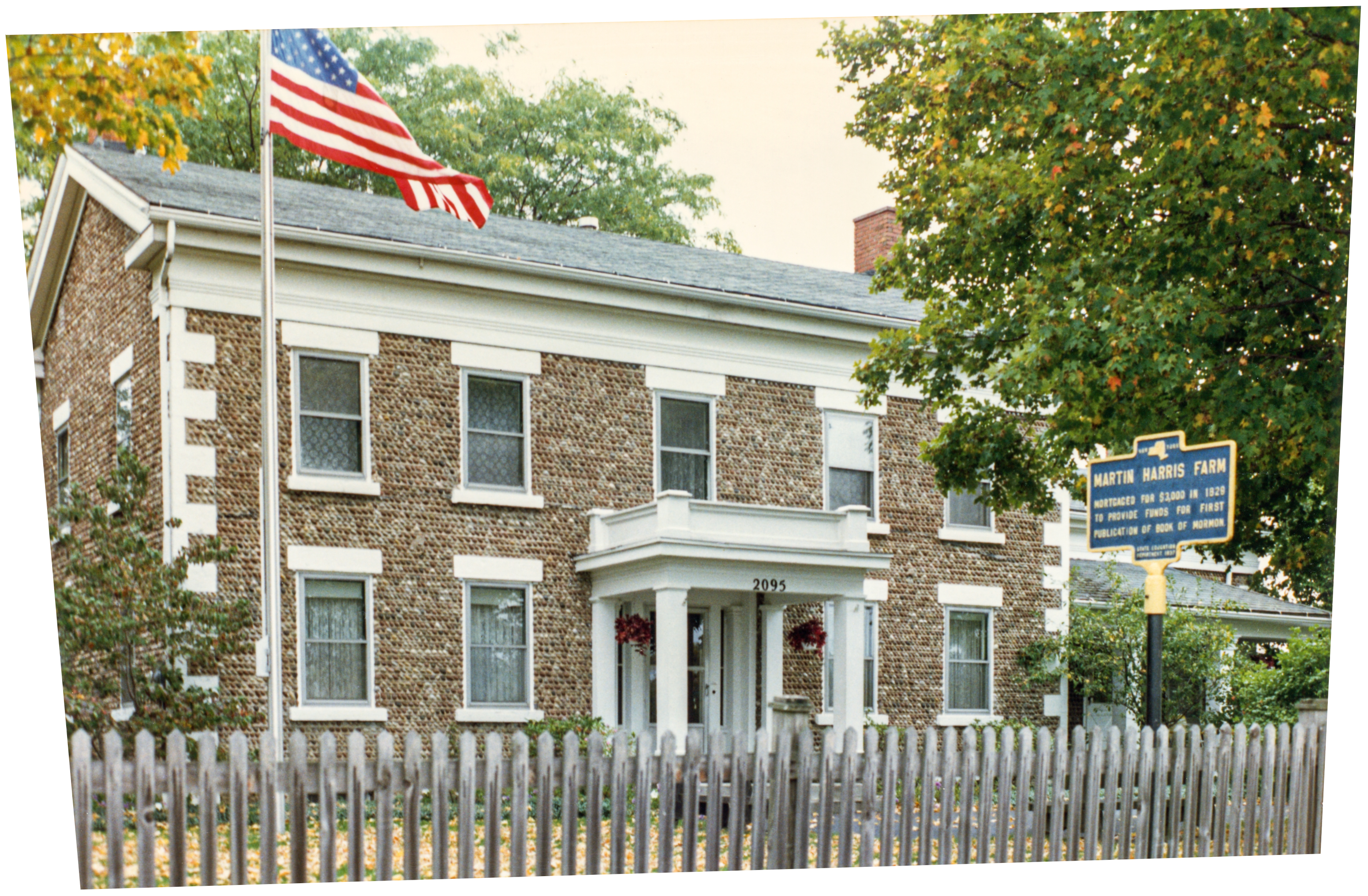 Pal-12 Harris 3.jpg ¹ | 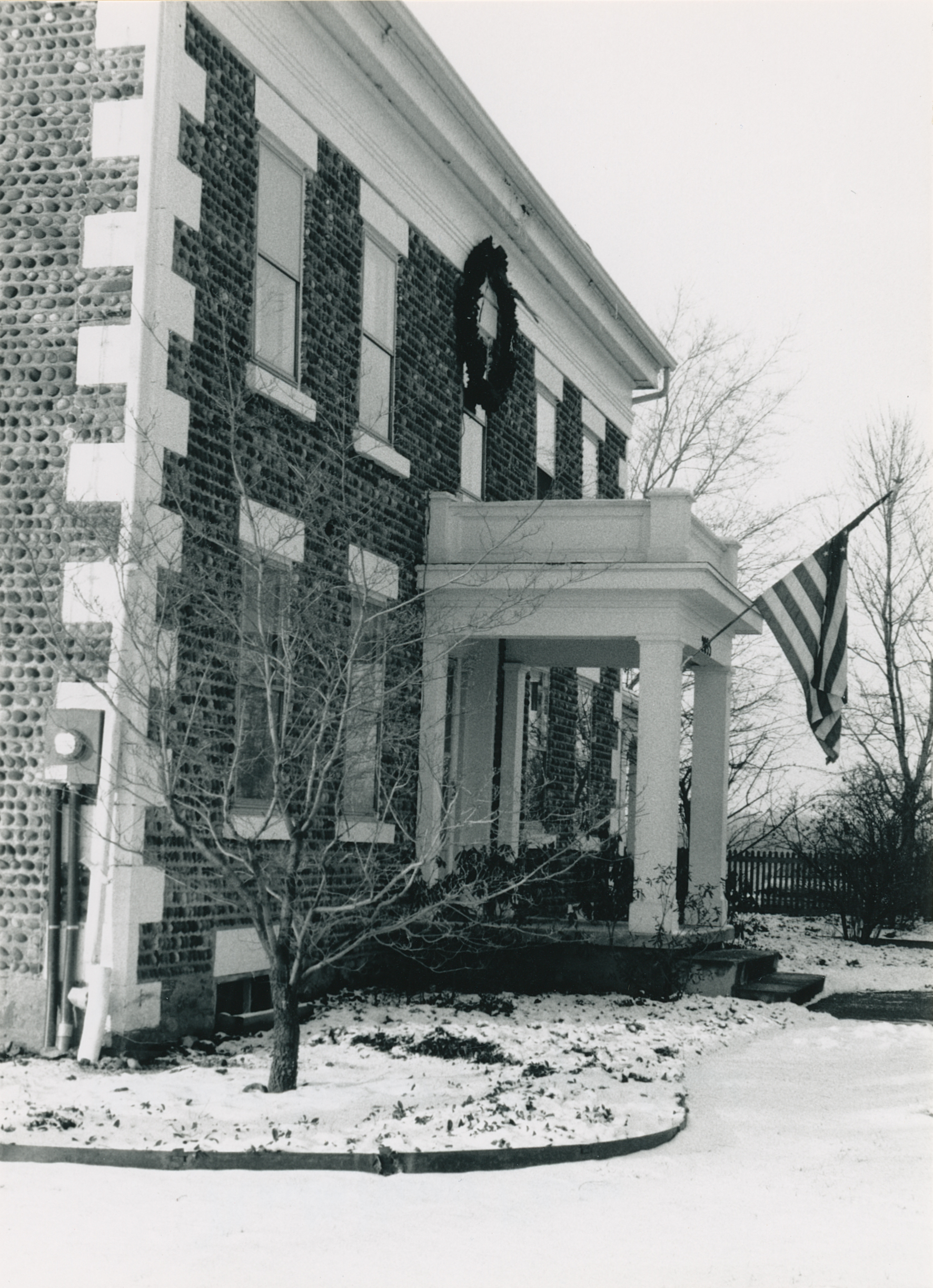 Pal-12 2095 Maple Ave 1.jpg ³ | 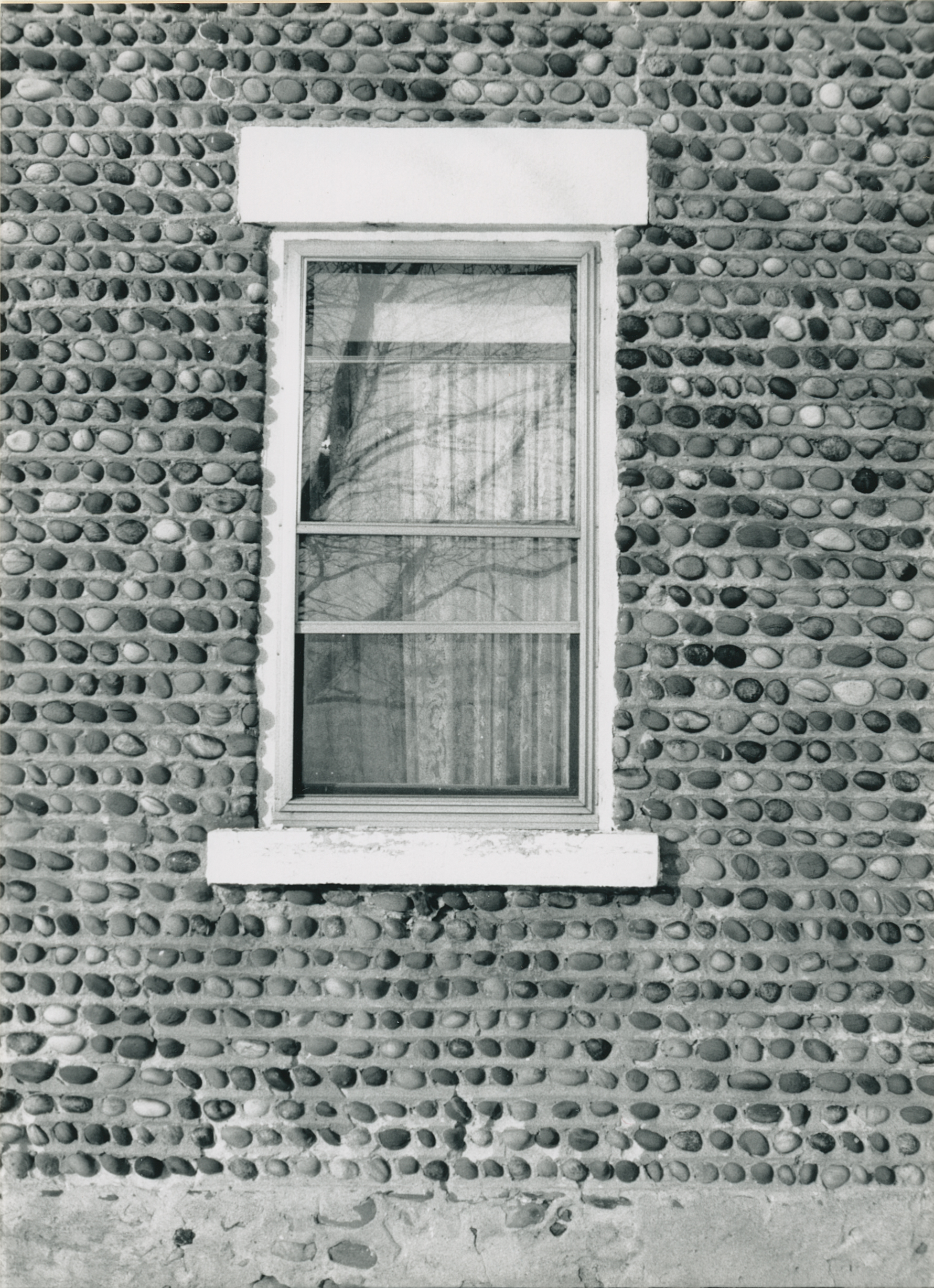 Pal-12 2095 Maple Ave 2.jpg ³ |
 Pal-12 2095 Maple Ave 3.jpg ³ | 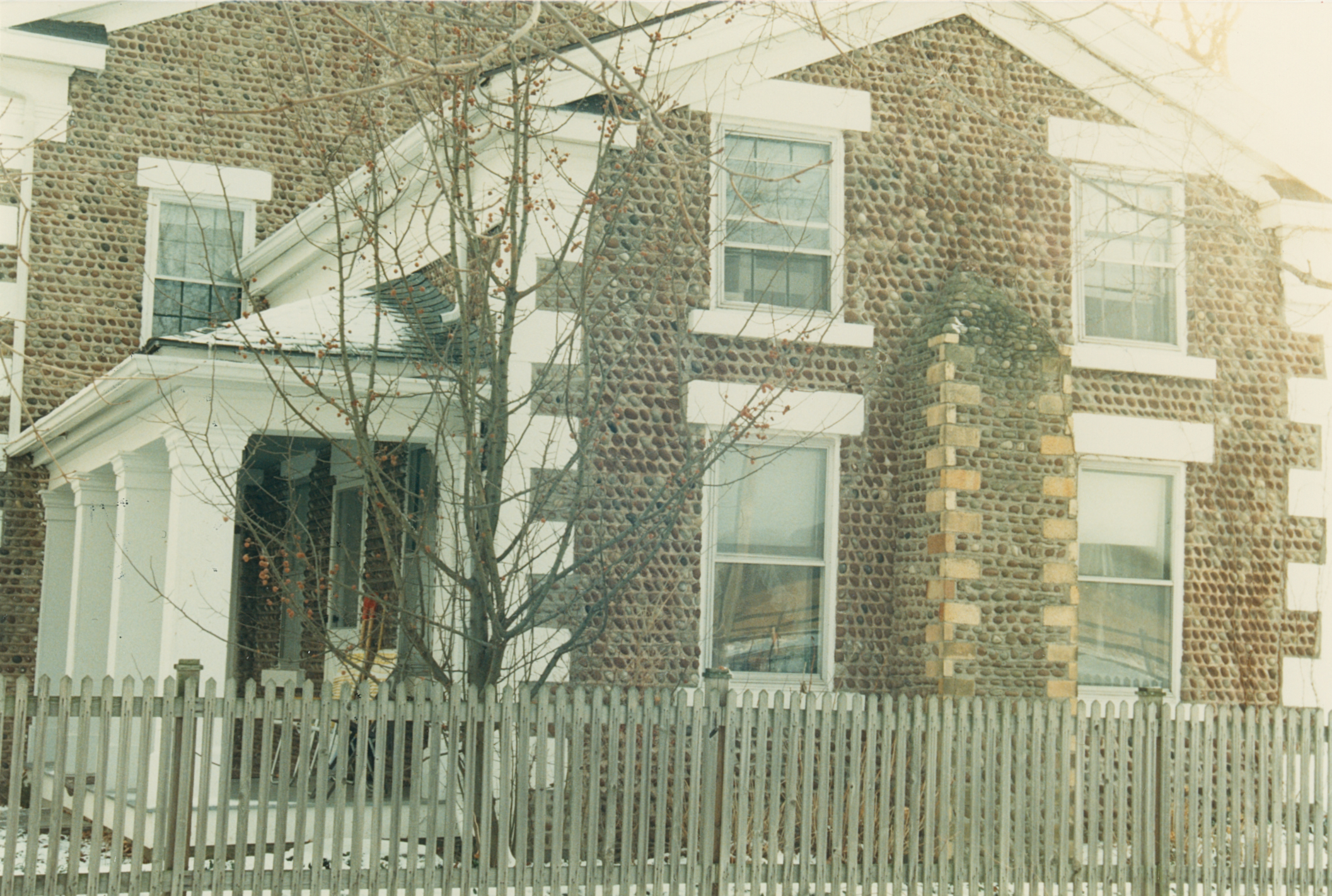 Pal-12 2095 Maple Ave 4.jpg ³ | 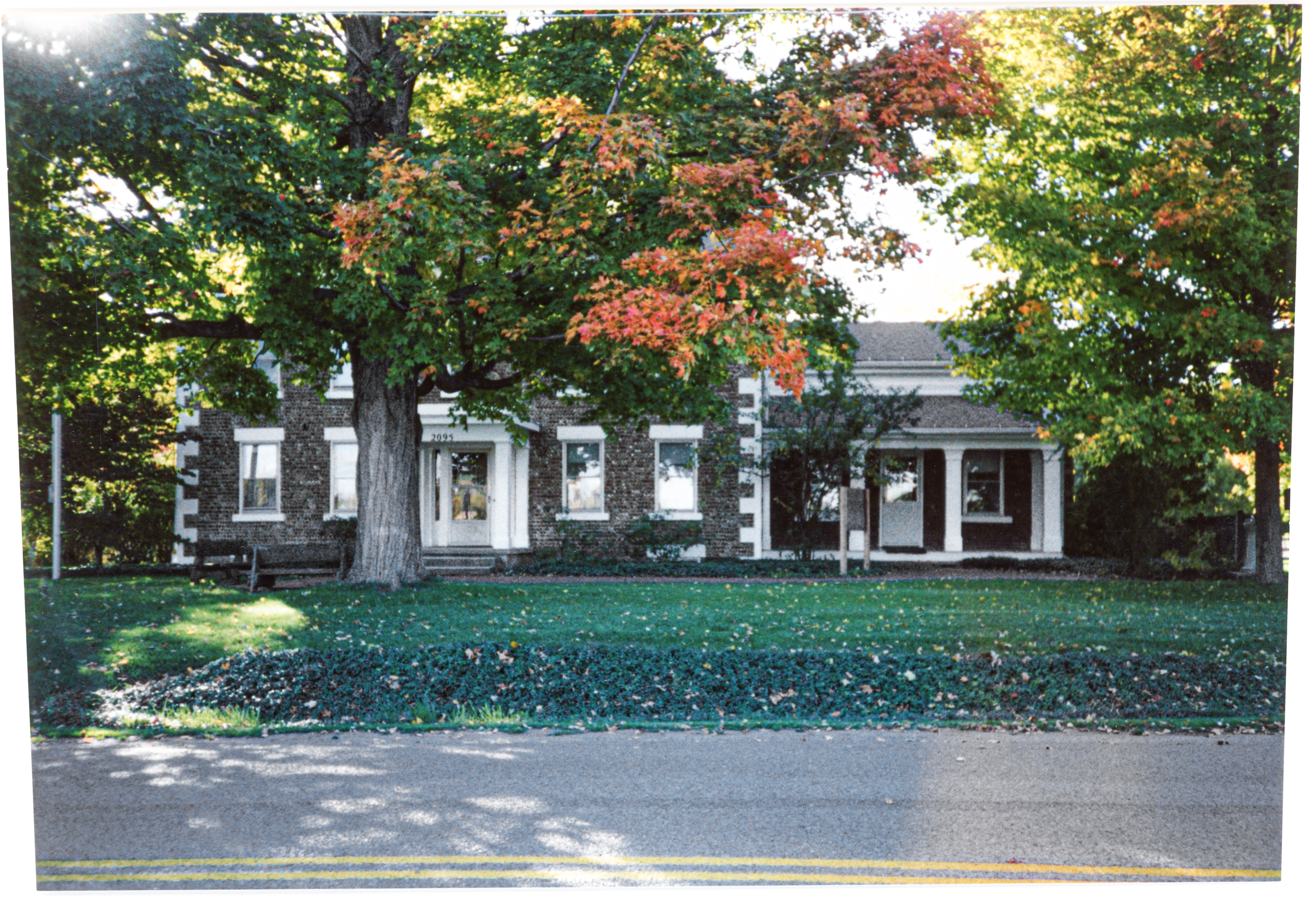 Pal-12 Harris 4.jpg ¹ 1998 |  IMG_1036.jpg 4 |
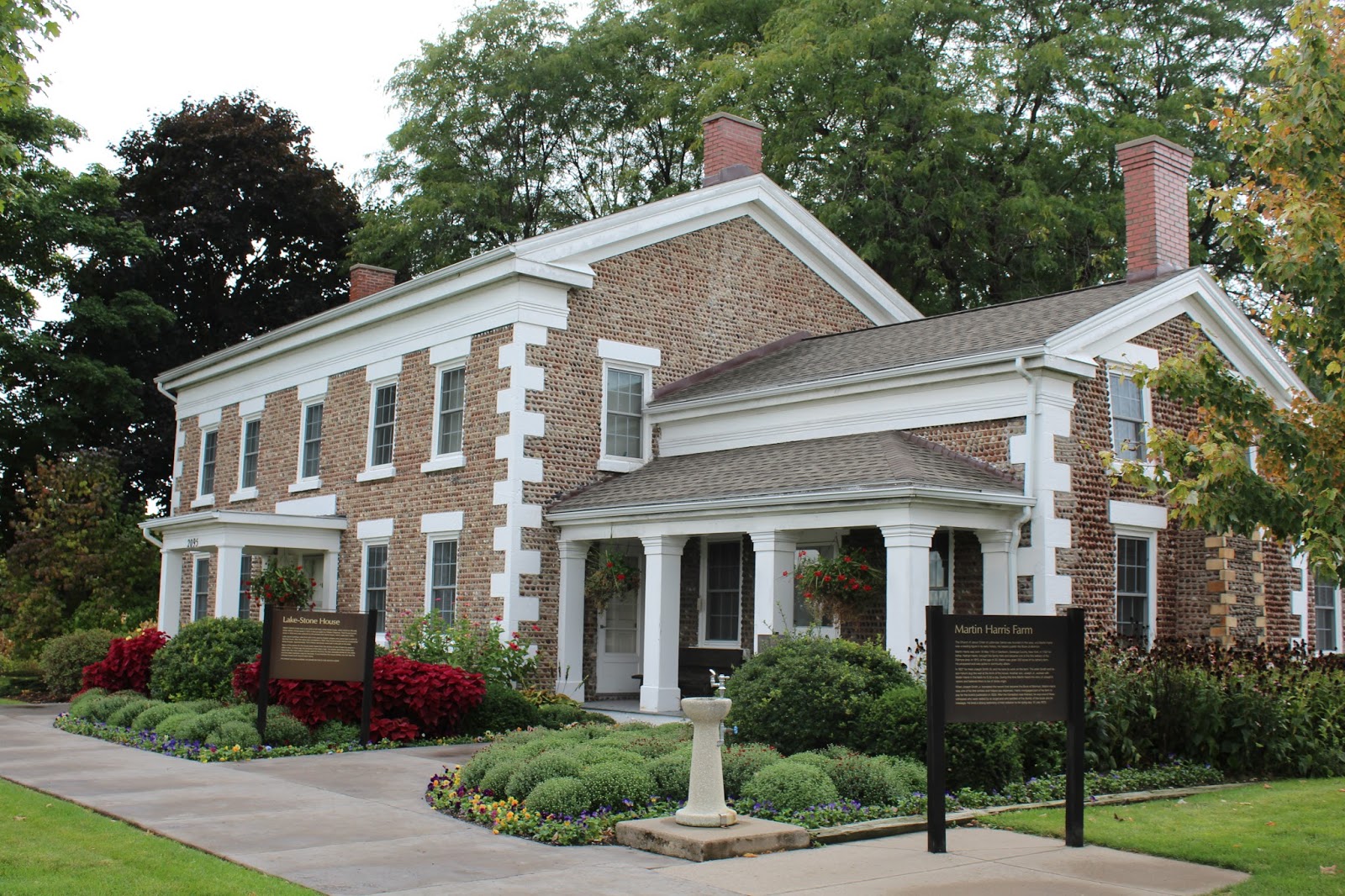 Harris 3.jpg 4 |  IMG_0081.jpg 4 Fireplace chimney on north side of house. | 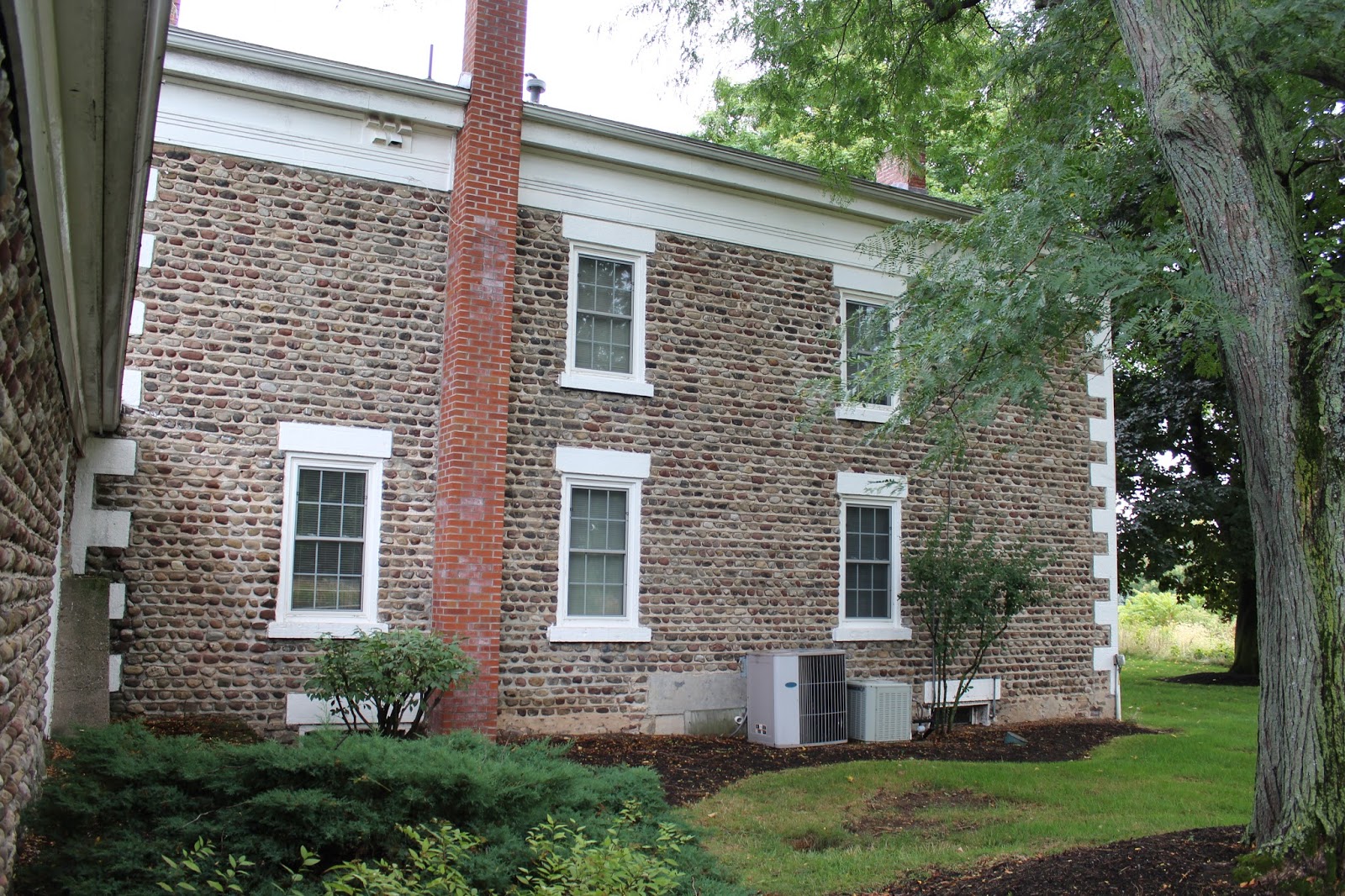 Harris 5.jpg 4 |
¹ Image courtesy Cobblestone Museum.
² Photography courtesy Gerda Peterich. Cobblestone Museum.
³ Photography courtesy Martin and Sheila Wolfish.
4 Photography courtesy Richard Palmer.
